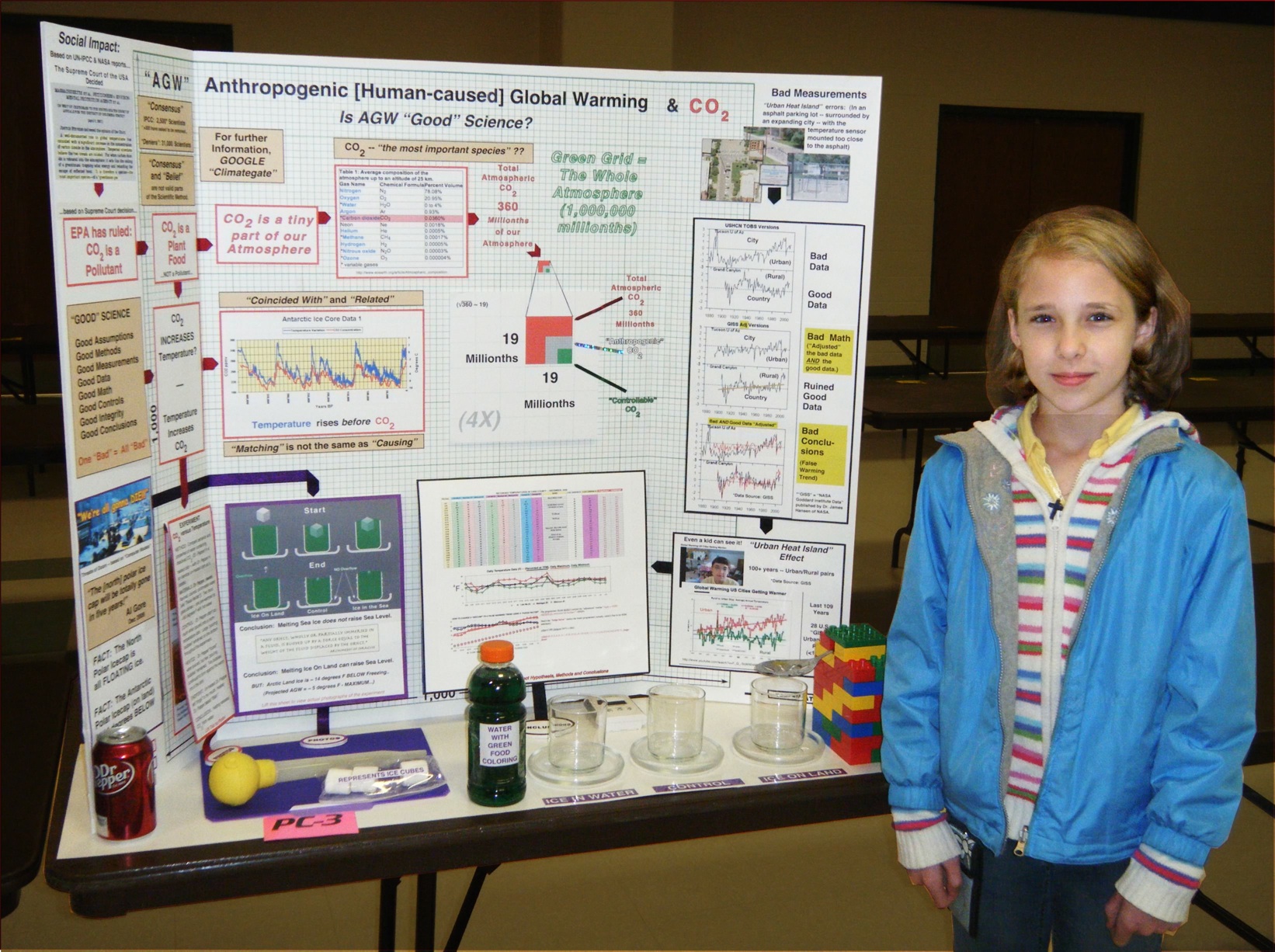

To increase the rate of water absorption you can place a fan near the container, facing towards it. Sand is commonly added to deicers, but it will not affect the ability of the salt to absorb water. In the figure you can see that the salt is mixed with traction sand. You can place a pan underneath the container to avoid any potential leaking onto the floor. To observe the effect, the Calcium Chloride can be sprinkled in a shallow container with a large area, as shown in the figure below. If you don't see the name "Calcium Chloride" on the deicer, look for CaCl 2. So you can buy it in stores during the winter months. It absorbs water from the air, thereby acting as a natural dehumidifier.Ĭalcium Chloride is also the ingredient in several deicers used to melt ice and snow. Physics Project Ideas – Calcium Chloride As A Natural DehumidifierĬalcium Chloride salt has an amazing property. Sawdust is readily available from any wood shop, and leaves are abundantly available in Autumn, as they fall to the ground. However, the insulation potential of sawdust and leaves is particularly useful because they are inexpensive natural materials.

If you like, you can also test the insulation value of other materials, such as old newspaper, styrofoam, etc. This set up is shown in the figures below. This set up allows you to easily check how fast the ice has melted after some time has passed.

What I did was place a cardboard lid on the cups, and on top of the lids I placed insulation material (for those two cups where insulation material was used) – this way you have insulation all around. This tells you which insulation material works best.Īfter you have placed the ice inside the cups you can seal them. The goal is to see which cup slows down the melting of the ice the most. Inside the cups you place equal amounts of ice, by weight, from the same freezer. The cup on the right has no insulation – this is the control which serves as a base reference used to compare the effectiveness of the insulation materials. The cup in the middle has leaves as insulation. The first cup on the left has sawdust as insulation. In the space between cup and container (including the space underneath the cups) I placed insulation material. The figure below shows three large yogurt containers with smaller cups inserted inside. I won't reveal the results of my experiment since that would spoil the fun, but I'll show you pictures of the basic set up I used. I tested the insulation value of sawdust and leaves to see which one worked best. Physics Project Ideas – Insulation Testing Of Sawdust and Leaves And you will retain more knowledge after you're done working through them. As a result, you will get more out of them while working through them. The projects described below are particularly interesting because they have practical relevance in real life. These projects are not the typical "cookie cutter" types you often see repeated in books. If you're looking for physics project ideas you came to the right place! Here you will find several ideas for cool physics projects.


 0 kommentar(er)
0 kommentar(er)
